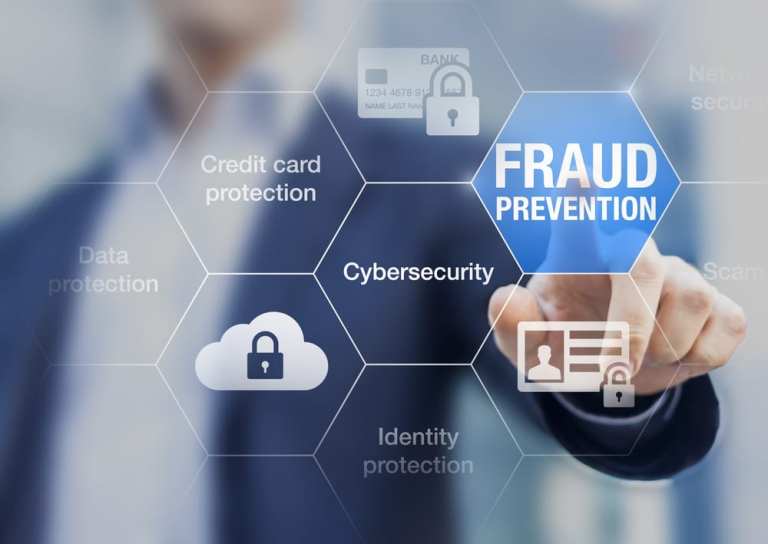
The fight against fraud really kicks in with customer onboarding — but that is only the first step, of course. Enhancing the customer experience, and keeping the customer and business secure through the entire relationship, is an increasingly complex and vital job, thanks to regulatory and competitive pressures.
And that is why it’s important to break down organizational silos to achieve those goals, and to have a know your customer (KYC) process that is holistic and seamless.
In the early 21st century digital economy, silos — the walls that act as hurdles to shared knowledge and work within a business or other organization — can serve to make work easier for criminals bent on fraud. That’s the main message offered by David Barnhardt, executive vice president of product at GIACT, in a recent PYMNTS interview that focused on the new landscape of fraud. “Ongoing ID monitoring is a really a must in today’s digital world,” he said.
Silo Problems
“Life cycle management is somewhat compartmentalized today,” Barnhardt said. “Look at the enrollment group, tasked with protecting the front door. Then they hand off responsibility to another group to manage the ongoing customer relationship.”
Too often, according to his telling, that breaks down the job of ID security and management into discrete operations with relatively little communication or joint effort once that responsibility is passed off. One hand might not know what the other hand is doing, which ends up limiting the scope of fraud prevention knowledge within the organization, all because of those enduring silos. “Those silos, they really should be torn down,” he said.
Complaints about silos in business, of course, are nothing new. Countless consultants and other professionals have built lucrative careers talking about the various dangers of silos in this industry and that, creating enough PowerPoint slides to probably justify construction of a museum dedicated to that particular art form. You are excused if you think you’ve heard all of this before.
Static ID
That said, Barnhardt’s points go to the heart of the modern digital lifestyle — and speak even more to where it’s all moving. In the daily digital world of most consumers, ID is not static, not anymore. ID is more than one’s date of birth, phone number, physical address and Social Security number — data that, as Barnhardt noted, have all been stolen in bulk, making pretty much all of our basic personal information ready for exploitation by digital criminals.
That may be cause for despair or apathy, but it’s a stepping stone to something else, another part of factual reality that supports Barnhardt’s call to break down those silos in the interest of consumer security. Identification is also — and increasingly — about more dynamic features such as what mobile device a specific consumer uses, or how long she has used a particular email (and for what purposes) or how he normally browses on a particular eCommerce site before buying.
The goal — the motivation to break down silos — is to “fully understand who that customer is and how that customer is” engaging with the larger digital world, he said during the PYMNTS interview. And gaining that understanding requires that a business or other organization break down those silos so that the customer enrollment employees can have an ongoing, information-sharing program with the customer experience people, and so that other departments can bring their own expertise and data to the overall onboarding, authentication and fraud prevention efforts.
Customer Experience Focus
If that happens, he said, “the customer experience will improve as the fraud rate declines.”
The concept of customer experience is also important to how Barnhardt views this world. Successful eCommerce, payments and financial services providers are increasingly learning that the way to acquire and retain customers is to offer a full experience — to tie them into an interesting, rewarding, seamless and secure ecosystem — instead of just offering them a relationship based on the transaction. Silos, at least as a general concept, do not reflect that ongoing move to the fuller customer experience. Silos are not holistic.
But breaking down those silos is not the only key to better onboarding, authentication and security. Another concept important to Barnhardt is revalidation — and that means employing multiple sources when it comes to consumer information.
Too many business rely on a single source, or a handful of sources, to validate consumer data. What if those sources are wrong? Or what if those sources do a poor job of keeping up with such consumer changes as new addresses, or marriages? Companies must have sources that can not only keep up with those changes, but offer confidence — via “triangulation,” as Barnhardt put it — that the data is indeed accurate. In other words, constant, ongoing data validations are vital.
If companies don’t do that, he said, it can result in the “small cracks in the process that fraudsters easily exploit.”
Here’s the harsh reality of the world in 2019 and going forward: It’s going to get more complicated to keep ahead of those fraudsters while also providing a seamless experience for consumers over lengthy periods of time. Doing so, according to some observers, will become table stakes in the digital game. That said, the tools are here, and the technology is improving. But none of that will matter much if the silo mindset doesn’t change.